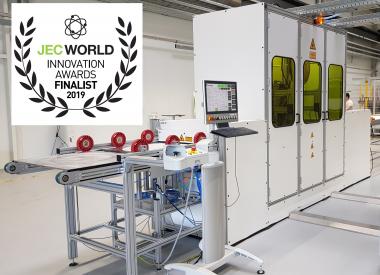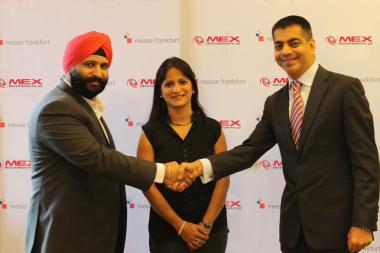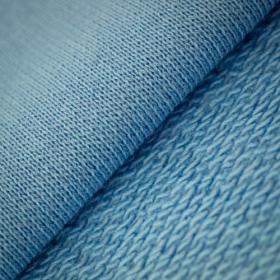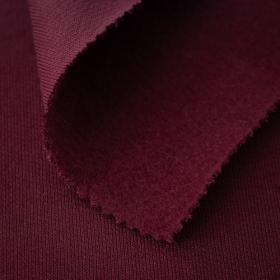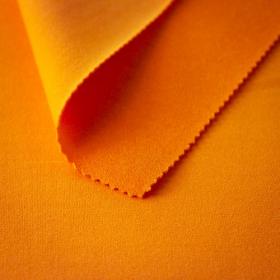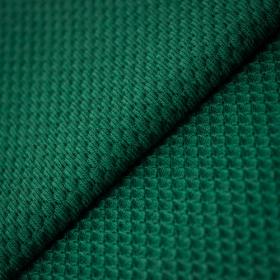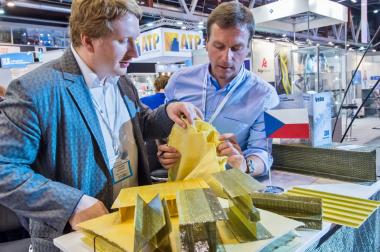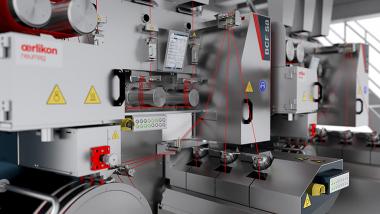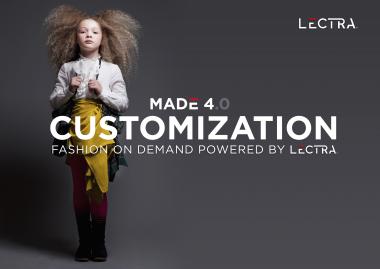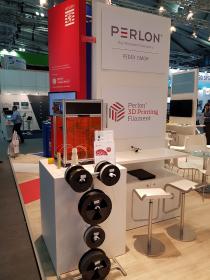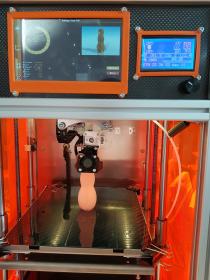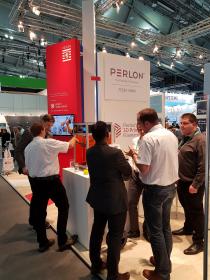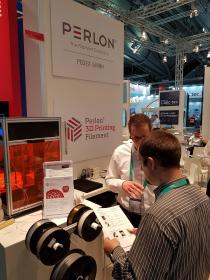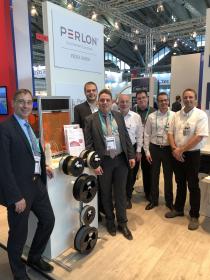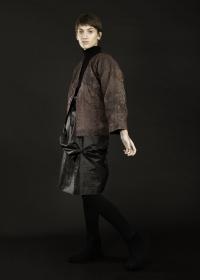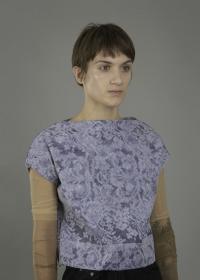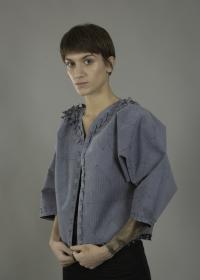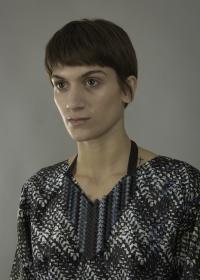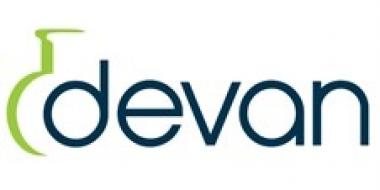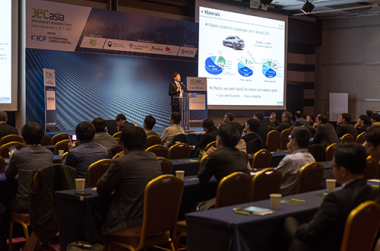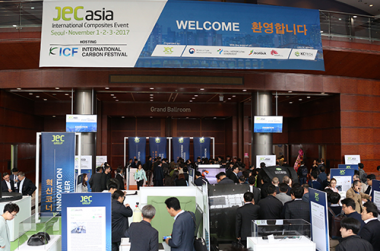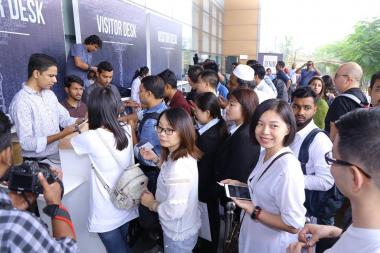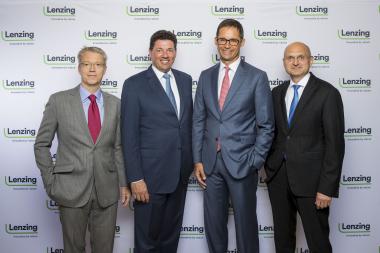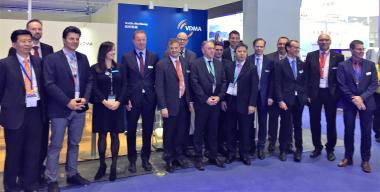INSQIN® Technologie: nachhaltige Beschichtung von Outdoor-Textilien
- Wasserbasiert, wasserdicht und wasserdampf-durchlässig
Outdoor-Kleidung soll Jogger oder Wanderer bei Regen schützen, aber auch den Schweiß der Haut nach außen durchlassen. Darüber hinaus legen immer mehr Käufer von Outdoor-Textilien Wert auf Nachhaltigkeit. Mit der INSQIN® Technologie, die für wässrige Textilbeschichtungen ohne Einsatz von Lösemitteln steht, lassen sich alle drei Anforderungen zugleich erfüllen. Auf der European Coatings Show 2019 vom 19. bis 21. März präsentiert Covestro in seiner „City of Sustainnovation“ (Halle 4A, Stand 528) Outdoor-Kleidung, die ihre funktionellen Eigenschaften dieser Beschichtungstechnologie verdankt.
Zwei Schichten sind für das weiche und angenehme Gefühl verantwortlich, das die präsentierte Outdoor-Kleidung vermittelt: ein Haftstrich, der auf der Polyurethan (PU)-Dispersion Impraperm® DL 5310 basiert, und ein Deckstrich auf Basis der PU-Dispersion Impraperm® DL 5249. Covestro bietet seinen Kunden beide Produkte seit ein paar Monaten an.
Ein Quadratmeter Textil, das mit einem solchen INSQIN® System beschichtet ist, lässt pro Tag mehr als fünf Kilogramm Wasserdampf durch. Beide Schichten tragen damit zu einer guten Atmungsaktivität bei. Andererseits widerstehen beschichtete Kleidungsstücke im Test einer Wassersäule von mehr als acht Metern. Die Wassersäule ist ein Maß dafür, wie wasserdicht ein Funktionstextil ist: Bei der Messung nach DIN EN ISO 811 wird die Außenseite des Textils der Flüssigkeit ausgesetzt. Der Druck des Wassers wird dann kontinuierlich erhöht – so lange, bis der dritte Tropfen auf der Innenseite zu sehen ist. Der dann wirkende Druck wird in Millimetern Wassersäule angegeben.
Vielfältig einsetzbar – nicht nur für Textilien
„Man kann sowohl die Atmungsaktivität als auch die Wasserfestigkeit der Beschichtung sehr gut auf den Einsatzzweck und die Funktion des Textils hin anpassen“, sagt Thomas Michaelis von Covestro. Der Leiter Textilbeschichtung für die Region Europa, Naher Osten, Afrika und Lateinamerika (EMEA/LA) ergänzt: „Maßgeschneiderte Eigenschaften lassen sich vor allem durch die Variation der Formulierung und der Schichtdicken erreichen.“ Aufgrund der vielfältigen Einstellungsmöglichkeiten des INSQIN® Systems beschränkt sich sein Einsatz keineswegs auf Kleidungsstücke. Von ihm profitieren auch Besitzer von Rucksäcken, Schuhen und Handschuhen.
Die wasserbasierten Beschichtungen auf Basis von Impraperm® DL 5310 und Impraperm® DL 5249 verleihen dem Kleidungsstück auf der ganzen Oberfläche eine gute und gleichmäßige Atmungsaktivität. Das ist ein klares Plus gegenüber einer anderen Technologie für Outdoor-Kleidung, bei der Membranfolien punktweise mit dem Textil verklebt werden. Denn der Kleber ist üblicherweise nicht atmungsaktiv, so dass an den Klebepunkten kein Wasserdampf nach außen transportiert wird. Die wässrigen Impraperm® Dispersionen eröffnen allerdings nicht nur eine Alternative zu dieser Membrantechnologie, sondern lassen sich auch verwenden, um diese zu verbessern: Als Kleber eingesetzt, gewährleisten sie auch an den Klebepunkten eine gute Durchlässigkeit für Wasserdampf.
Covestro
Covestro AG





